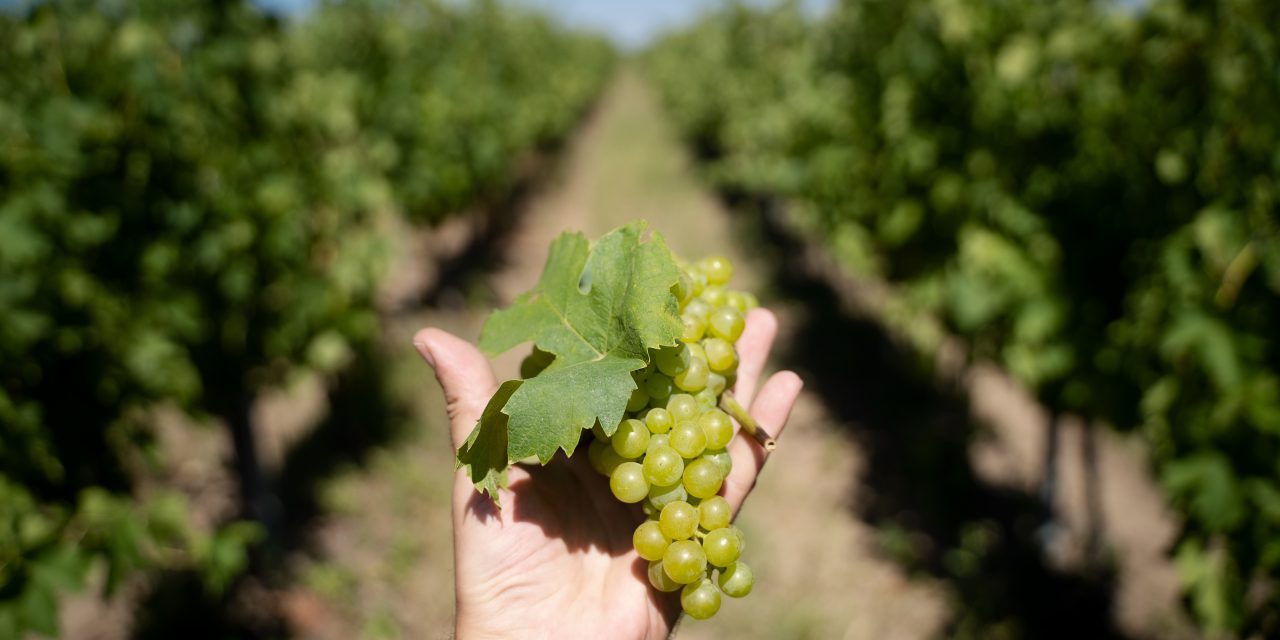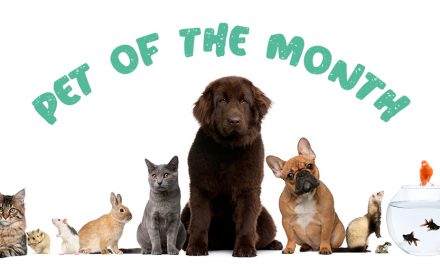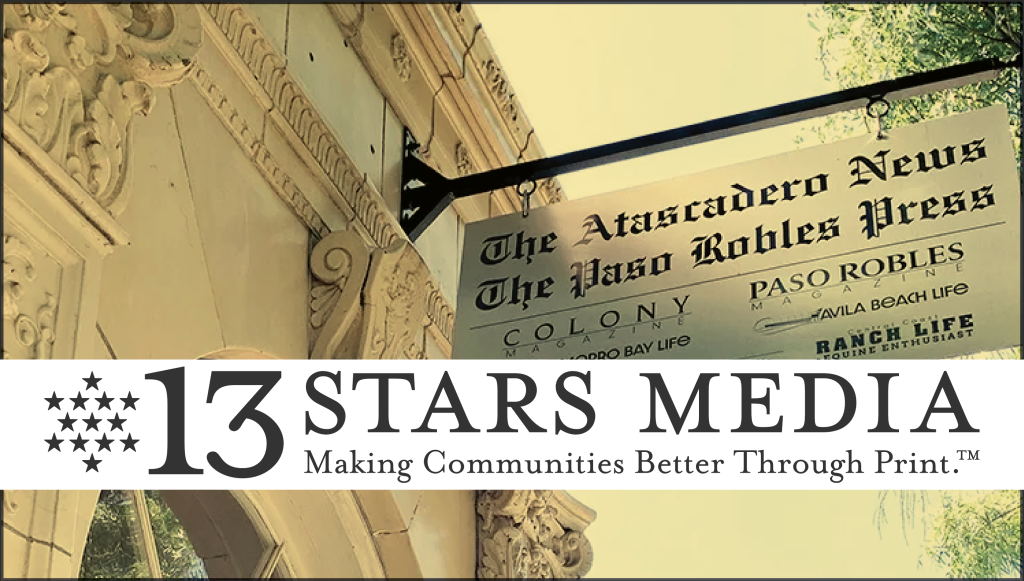Is there sugar in wine? Good question. The answer is yes in most cases. How much sugar is what we are talking about today with some of the information gleaned from Madeline Puckette’s Wine Folly and others because I am just a farmer and want to get this right plus my two-bits in doing the calculations. RS in wine lingo stands for Residual Sugar. It is the leftover sugar unfermented in the finished wine. Some wines have 0 percent sugar, where others could have twice as much as the ten sugar cubes in a can of Coca-cola!
Grapes themselves contain natural fruit sugars – fructose and glucose, and the sugars left in wine are what is left after the yeast has gobbled up the rest. The result of the yeast feasting until dead is ethanol (alcohol) kicked off as a byproduct. When the yeast eats all the sugar, you have a dry wine that is higher in alcohol and low in sugar. When a winemaker stops the yeast from working, usually by rapid chilling and killed off by sulfites at bottling, some sugar remains, and the alcohol is lower. Hence, sweet wines have less alcohol. An example, German Reisling, which has about 8-9 percent alcohol by volume (ABV) if it is sweet and 10-11 percent if dry.
Now a little mathematics: residual sugar is measured as grams per liter sugar, or g/L RS, and is shown in one of three ways – as grams/liter, in grams/100ml, or as a percentage. A 10 grams per liter (g/L again) of residual sugar is equal to one percent (1 percent) alcohol in the wine bottle. A regular bottle of wine is 750 milligrams or three-quarters of a liter, so the listing of g/L RS in a bottle of wine is 25 percent less. The range can be from 0 to 220 g/L, depending on style. Bone dry has less than 1 sugar calorie per glass, Dry has 0-6 sugar calories per glass, Off-Dry has 6-21 sugar calories per glass (most popular wines are in this category), Sweet has 21-72 sugar calories per glass (Moscato, sweet Riesling), and Very Sweet (Tawney Port, Ice Wines, Sauternes) has 72-130 sugar calories per glass.
To put it in layman’s perspective, a sugar cube is 4 grams of sugar or a level teaspoon. The daily added sugar limit for men is 9 teaspoons, 36 grams, and 150 calories. For women, it is 6 teaspoons, 25 grams, and 100 calories from sugar. Say your wine is 15 g/L RS, a 750-milliliter bottle is .75 percent of a liter; there are five glasses (5 ounces) in a 25-ounce bottle, ¾ of liter equals 11.5 g/bottle divided by 5 glasses is 2.25 grams per glass. A woman could drink ten glasses of wine only per day, and a man could drink 16 glasses for the man’s recommended maximum of 36 grams, but obviously not a good idea. So, I guess that bottle of Lodi Old Vine Zin on the table that I grew up with was not a big deal in the sugar department, and my two glasses a day, my doctor-approved heart medicine, is only adding a little over a sugar cube to my pretty low sugar intake diet.
The USA and many other countries are not required to put on wine bottles the actual sugar calories per glass, which is strange, and I hope my winery buddies do not get upset with me because pretty much everything else in the grocery store shows Total Sugars by grams and how much of Added Sugars as a percentage per serving.
This is something consumers, I, for one, usually look at pretty closely. Do you ask why I would be shopping? Well, on our 25th wedding anniversary, I asked Maridel what would she like for our anniversary. After a quick thought, she said, “Well, I cooked for the first twenty fives; you cook for the next twenty-five!” So, we are now approaching our 57th, and I am still cooking – go figure!
Maybe alongside the alcohol content, an RS number might work because if you put the full information on a label, it would mostly be zeros, take up space, and take away from the ascetics of the label. Now, this is not to say that you can’t get the information of how much RS is in your favorite wine. Most good wineries will have tech sheets available. For example, wineries that make available their RS known include Alta Vista Classic Malbec 2.8 g/L RS, Gnarly Head Old Vine Zinfandel 3.4 g/l RS, Menage a Trois California Red 12 g/L Rs, Gallo’s Apothic Red 15 g/l RS, and Jam Jar Cape Classics ( a sweet Shiraz) 57 g/l RS. Remember, low sugar equals higher alcohol, and the reason why many of the Old Vine Zins are in the 14.5 percent alcohol range. So, I guess it is alright to drink wine when worrying about sugar. Again, the old motto, “Everything in moderation.”






